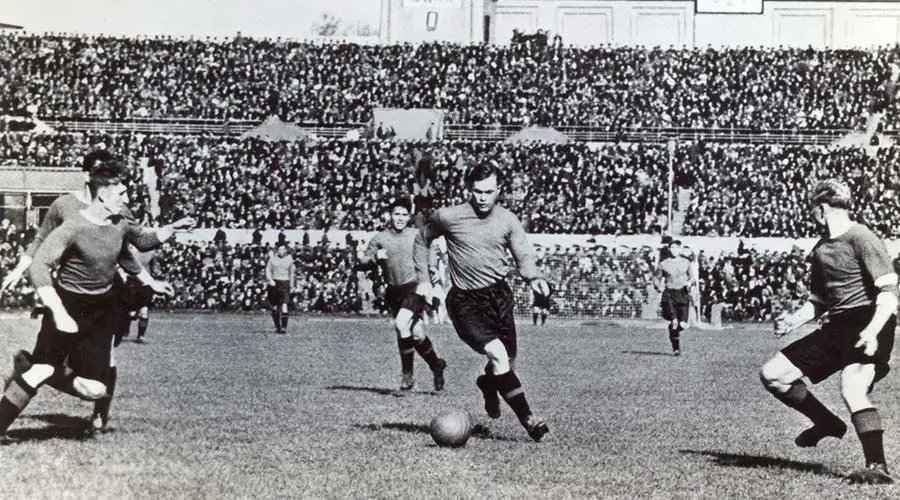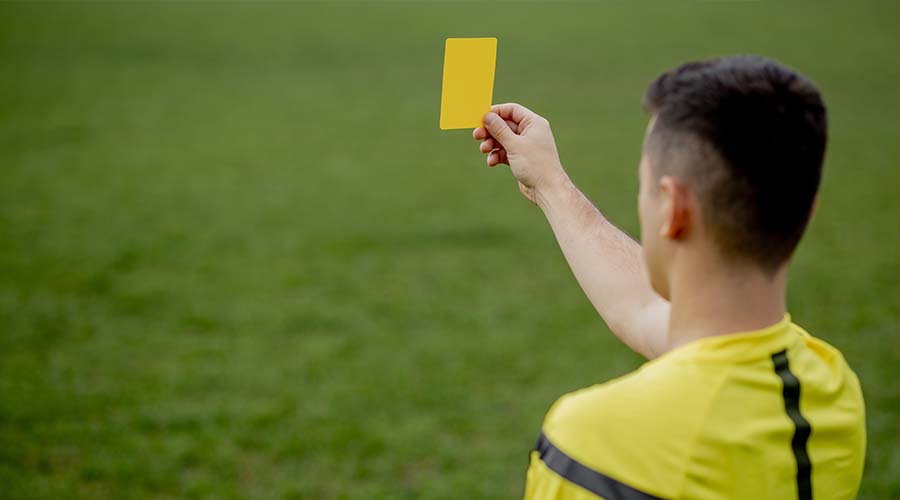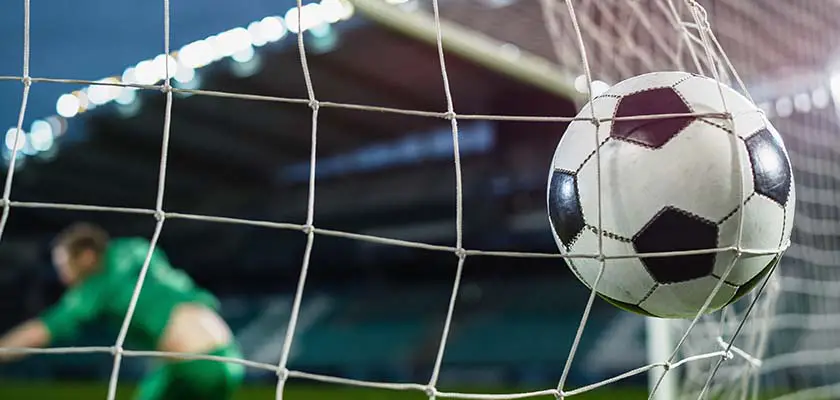One of the most popular sports in the world, especially in Brazil, is soccer. In its most modern form, which we see every day in the most different championships, the activity began in England during the 19th century. However, its first traces were discovered thousands of years ago.
As popular as it is, the rules of soccer can still be a little confusing for those unfamiliar with the sport. Among its main characteristics are the number of players, the size of the pitch, the ball and other important details.
If you only know the basics of soccer rules, you’re in the right place. Get ready to check out a complete guide with everything you need to know to better understand the sport and enjoy your matches even more, whether you’re playing or just watching.
Check it out 👇
Soccer: a brief history of the sport

Before finding out what the rules of soccer are, let’s briefly learn about the history of the sport, how it came about, when it was adapted and since when it has been what we know today.
Modern soccer was first seen in the 19th century, in England, and it all started with the English kicking a leather ball, without any rules. Little by little, the game took shape and became an activity practiced constantly, especially by young people.
In 1863, England founded the Football Association, or FA, to establish the first rules of the game, and the sport became even more professional in 1904, when FIFA (Fédération Internationale de Football Association) was born. The federation was founded to be responsible for governing the activity internationally, and to this day it controls the rules of soccer.
Before that, there are traces of the existence of soccer matches in Ancient Rome and China, as well as in the Middle Ages. The sport has therefore been known to mankind for over five thousand years.
Now that you know when modern soccer originated, it’s time to learn about its rules.
Soccer rules: what is the aim of the game?
The main objective of soccer is nothing new: to hit the ball into the goal. However, it’s not easy to achieve this, as the sport has several rules that need to be taken into account for a match to be successful.
In the end, the team that scores the most goals wins. In the event of a draw, the result must be different when the championship depends on that match. In this case, the players get more time on the pitch, which is called extra time, or they have to take penalties, with each player kicking the ball directly into the goal.
Soccer rules: players
One of the main rules of soccer is the number of players on the pitch. Each team can have a maximum of 11 players on the pitch, including the goalkeeper. See what positions there are in the sport:
- Goalkeeper;
- Defender;
- Full-back
- Midfielder
- Striker;
- Midfielder.
- Goalkeeper: the goalkeeper is responsible for preventing the ball from entering the goal and is the only player who can use his hands in defense, apart from his feet, of course.
- Defender: defenders play in the central part of the field, blocking the opposing team’s attackers.
- Full-backs: the full-backs are, of course, on the sides of the pitch, marking the opposition players and helping their own team’s attack. They are divided between the left and right sides.
- Midfielders: the midfielders are the players who are positioned between the defense and midfield. They can either protect their team’s defense or initiate moves that will favor the attack.
- Central midfielders: in addition to midfielders, there are central midfielders, who are involved in all parts of the game, and attacking midfielders, who are best known for creating the best goal-scoring opportunities.
- Strikers: the players who play up front are the fastest and most skillful in the team, and are responsible for scoring the goals. Strikers are divided into wingers, who sit on the flanks, and center forwards, who sit in the center and take advantage of the best passes and crosses to score.
Soccer rules: pitch
The size of the pitch is also one of the main rules of soccer. It must be between 90 and 120 meters long and between 45 and 90 meters wide.
The pitch has certain markings made in white on the grass, such as the sidelines, midfield and penalty lines, as well as the central circle exactly in the middle. This is where the matches begin, with a player from the team chosen to kick the ball for the first time.
Soccer rules: fouls

In order for a game to turn out well in the end, the rules of soccer must also cover penalties against players. This is why fouls were created, which exist in different forms and on different occasions.
Fouls in soccer include dangerous tackles, which can put players at physical risk, offenses between opponents, whether with curses or gestures, and collisions. You should also avoid putting your hand on the ball, with the exception of the goalkeeper, or raising your leg above your waist when you are close to another player.
Fouls can result in a yellow or red card. A yellow card is given when a player fails to take care of his opponent’s physical integrity or is reckless in relation to the rules of soccer. The red card, on the other hand, is given when there is excessive aggression on the part of the player, especially if it is deliberate.
In some cases, when there is a foul in the opposing team’s penalty area, the offended team can take a penalty kick, which increases their chances of scoring a goal.
In a match, the rules of soccer stipulate the presence of a main referee and two assistants. Together, they work very closely to check that the players are complying with the rules and maintaining civility during matches.
Depending on the league, soccer matches also have a video refereeing system, or VAR. If the referee requests it, the recorded images of the game are checked to decide if the match can continue again or if there will be some kind of penalty.
Soccer rules: equipment
The equipment worn by the players is simple. According to the rules of soccer, it is mandatory to wear uniforms, of course, but also protective accessories such as shin guards. Team uniforms consist of shirts, shorts, socks and boots, and gloves for goalkeepers.
Soccer boots are special footwear for soccer matches because they grip the ground, preventing players from slipping on the pitch. Shin pads protect the legs from impacts that may occur during matches, and letters not only protect the hands, but also help the ball from slipping.
Soccer is one of the most popular sports in the world and has fans in many countries and regions, especially in Brazil. The country is known for having and exporting several players to the most important teams of today.
What did you think of the rules of soccer? Keep browsing the site to find out more about other sports and their main characteristics! Oh, and don’t forget to leave a comment!



